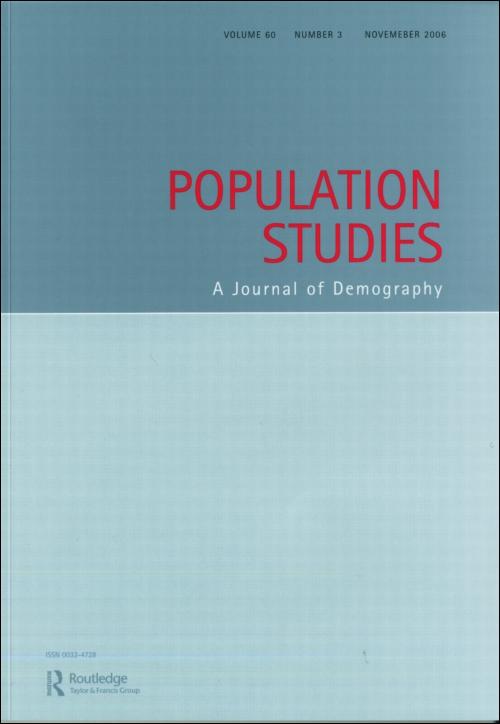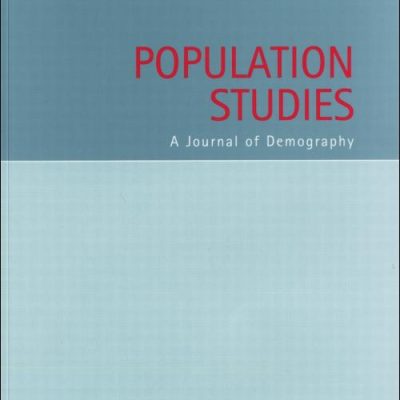Life expectancy inequalities in Hungary over 25 years: The role of avoidable deaths
Abstract
Using mortality registers and administrative data on income and population, we develop new evidence on the magnitude of life expectancy inequality in Hungary and the scope for health policy in mitigating this. We document considerable inequalities in life expectancy at age 45 across settlement-level income groups, and show that these inequalities have increased between 1991–96 and 2011–16 for both men and women. We show that avoidable deaths play a large role in life expectancy inequality. Income-related inequalities in health behaviours, access to care, and healthcare use are all closely linked to the inequality in life expectancy.
⇒ Tovább a teljes tanulmányra



